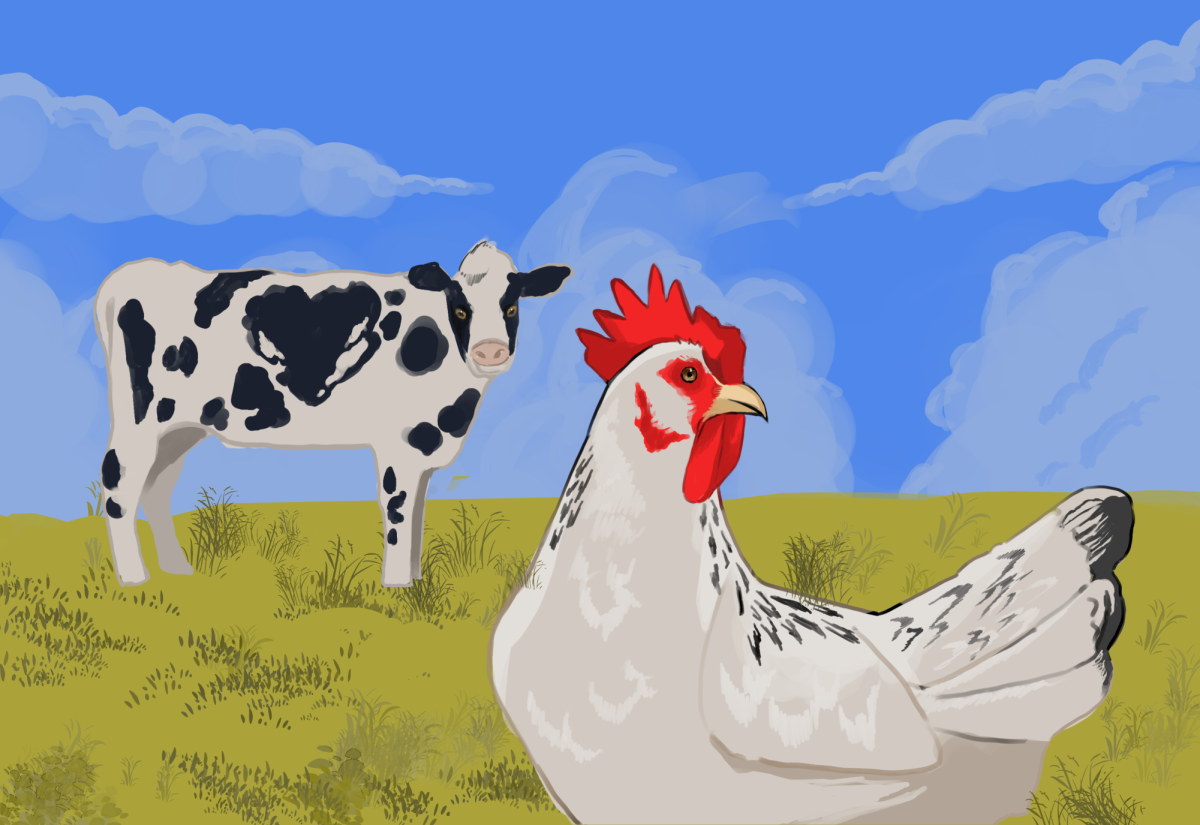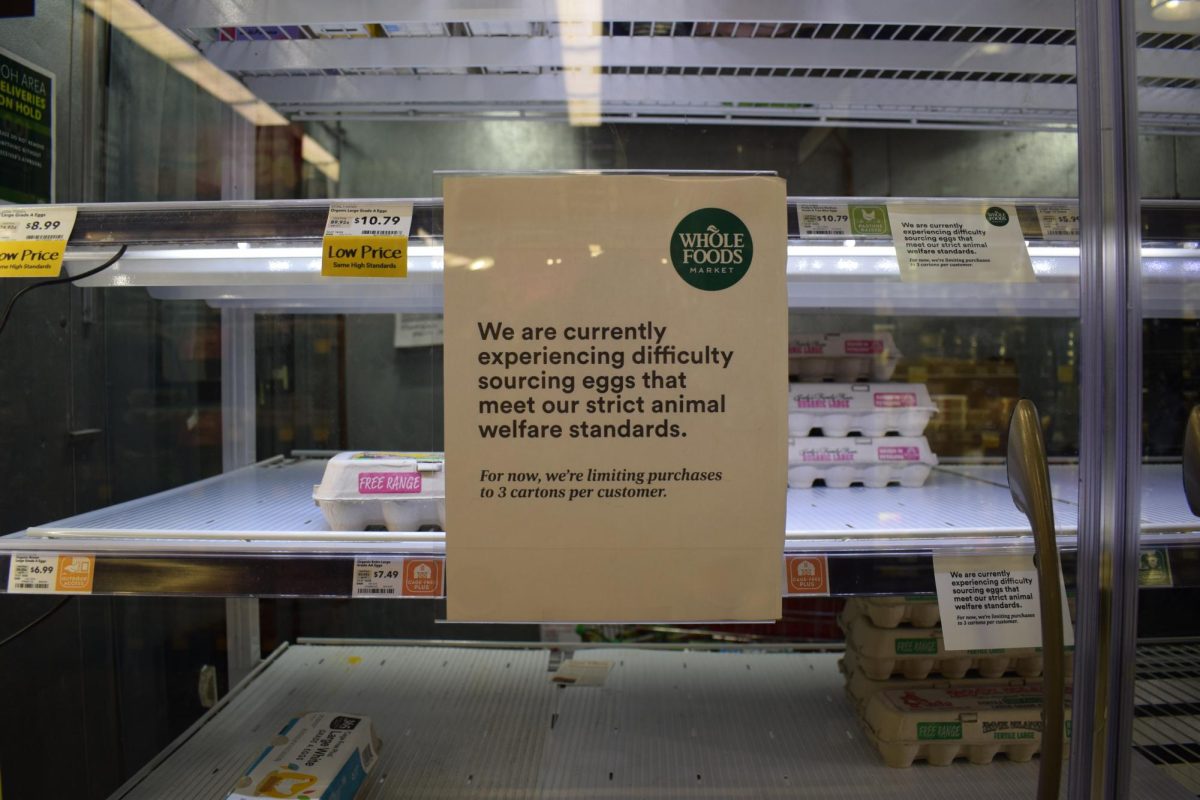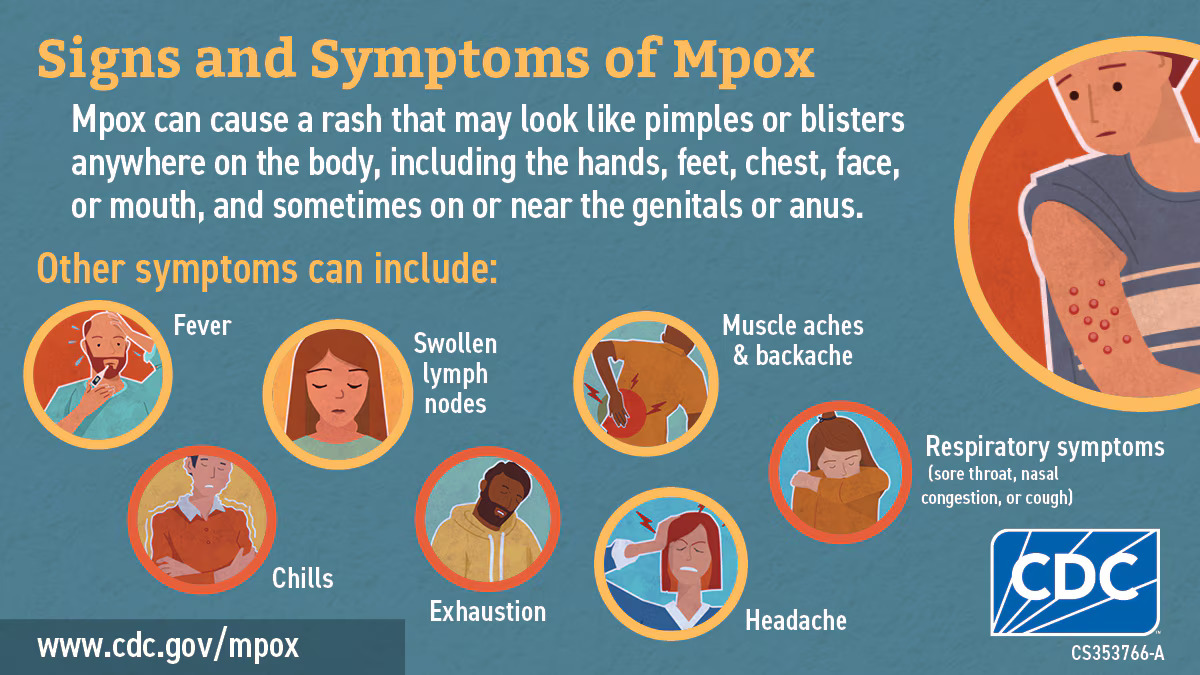In 2022, the first diagnosed case of H5N1 bird influenza in a human in the United States brought renewed attention to this flu strain. It has long posed challenges for poultry and cattle owners.
Its rapid spread and high mortality rates among farm animals in confined and dense settings have been sources of ongoing concern.
This strain is from the bigger family of Avian influenza, a type of bird flu that has been around for over 100 years. In 1878, it was first reported as “fowl plague” when it caused many deaths in chickens in Italy.
Though it can be deadly for humans, they are not the main target. Countless wild birds, poultry, and cattle have been affected by this disease, leading to changes in the biodiversity in the wild and devastating many people in the livestock industry.
STEM program coordinator and bird expert Colleen O’Rourke said, “…..if given enough time, the population of wild birds will recover. Unfortunately, right now many wild bird populations are also struggling under a lot of other stresses and threats… thus, dealing with yet another existential threat can be a serious risk to bird populations and biodiversity in the long run.”
There were 90 million reported cases of poultry diagnosed with this influenza, stretching over 48 states all over the U.S.
Kabir Samra ’18, who has owned chickens before, added, “……If we did have chickens at the current time, we would certainly watch them more closely for symptoms and make sure they are healthy.”
As of April 30, nine states had outbreaks of this flu in cattle, and 36 herds were affected. Biomedical student Tina Deng ’26 recalled, “Scientists are worried that the longer the avian flu stays in cattle, or more generally mammals, it might make its way to humans.”
Due to the infection of H5N1 in cattle, many people are concerned that the milk produced may be infected with this flu, but the government stated that its pasteurization prevents the virus from being in the milk.







